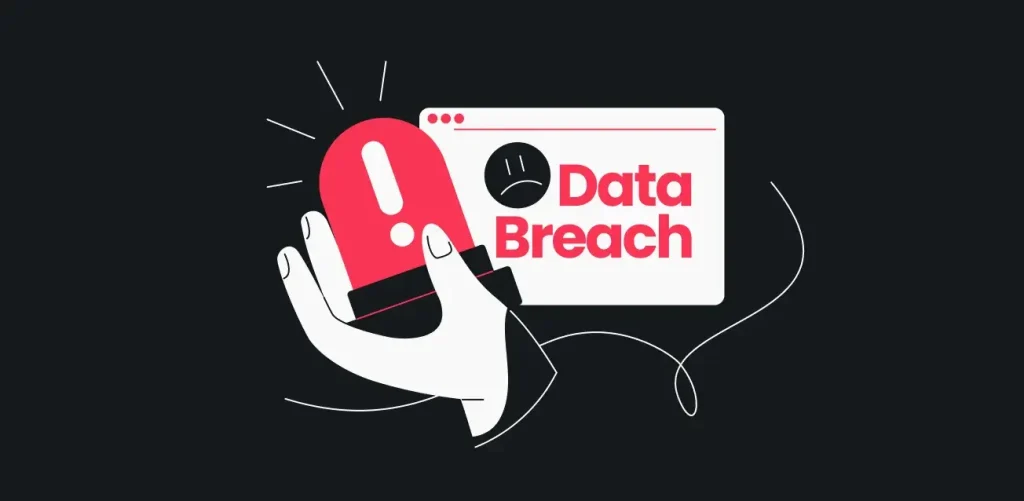A record-shattering data breach has exposed 16 billion login credentials, marking one of the largest and most dangerous leaks in cybersecurity history. The compromised data includes usernames and passwords for major platforms like Apple, Google, Facebook, Telegram, GitHub, and even government services. Here’s what you need to know about the breach, its implications, and how to safeguard your digital life.

What Happened?
- Cybersecurity researchers at Cybernews, led by Vilius Petkauskas, uncovered 30 separate data dumps containing anywhere from tens of millions to over 3.5 billion records each, totaling 16 billion compromised credentials
- The leaked data primarily originates from infostealer malware—malicious software designed to covertly harvest usernames, passwords, tokens, cookies, and other sensitive data from infected devices
- The breach is not the result of a single hack but rather a massive compilation of previously stolen credentials from various sources, including infostealer malware, credential stuffing attacks, and earlier data breaches
- Most of the stolen information is formatted as simple URL links followed by usernames and passwords, making it easy for cybercriminals to use for account takeovers, phishing, and identity theft
“This is not just a leak – it’s a blueprint for mass exploitation. With over 16 billion login records exposed, cybercriminals now have unprecedented access to personal credentials that can be used for account takeover, identity theft, and highly targeted phishing,” researchers warned
Who Is at Risk?
- The scale and diversity of the leaked credentials mean that nearly anyone who has logged into an online service could be affected
- The datasets include both old and recent records, making them particularly dangerous for users and organizations that do not practice strong password hygiene or lack multi-factor authentication
How to Protect Your Accounts
Given the unprecedented scale of the leak, it’s crucial to take immediate and ongoing steps to secure your online accounts. Here’s a comprehensive guide:
1. Scan Your Devices for Malware
- Before changing any passwords, scan your devices with a trusted antivirus or anti-malware tool to ensure you are not infected with infostealer malware. Otherwise, new credentials could be stolen as soon as you enter them
2. Change Your Passwords
- Update passwords for all important accounts, especially those that share passwords or are linked to sensitive information
- Create strong, unique passwords for each account. A strong password typically contains at least 8 characters, including a mix of uppercase and lowercase letters, numbers, and symbols
- Never reuse passwords across multiple sites
3. Use a Password Manager
- Password managers can generate, store, and autofill complex passwords, making it easier to maintain strong, unique credentials for every account
4. Enable Multi-Factor Authentication (MFA)
- Activate MFA on all accounts that support it. Use authentication apps like Google Authenticator, Microsoft Authenticator, or Authy, rather than SMS codes, to avoid SIM-swapping attacks
- MFA adds an extra layer of security, making it much harder for attackers to access your accounts even if they have your password
5. Monitor for Data Breaches
- Use services like “Have I Been Pwned” to check if your credentials have appeared in known breaches
- Set up alerts or regularly check your email addresses and usernames for exposure in new leaks
6. Watch for Suspicious Activity
- Regularly review your account activity, bank statements, and credit reports for unauthorized transactions or changes
- Be vigilant for phishing emails or messages that may try to exploit the leaked data
7. Consider Identity Theft Protection
- If you want additional peace of mind, consider signing up for identity theft protection services, which can help monitor your personal information and alert you to suspicious activity
Conclusion
The exposure of 16 billion passwords is a stark reminder of the growing risks in our digital world. While you cannot control large-scale breaches, you can significantly reduce your risk by practicing strong password hygiene, using multi-factor authentication, and staying vigilant for signs of compromise. Now is the time to review your security habits and take proactive steps to protect your online identity
